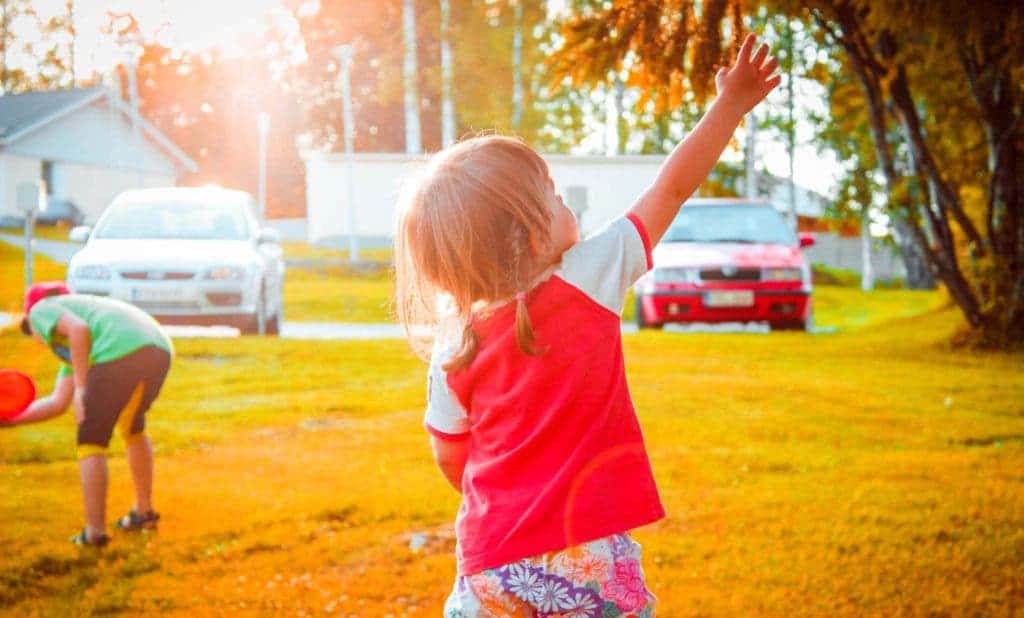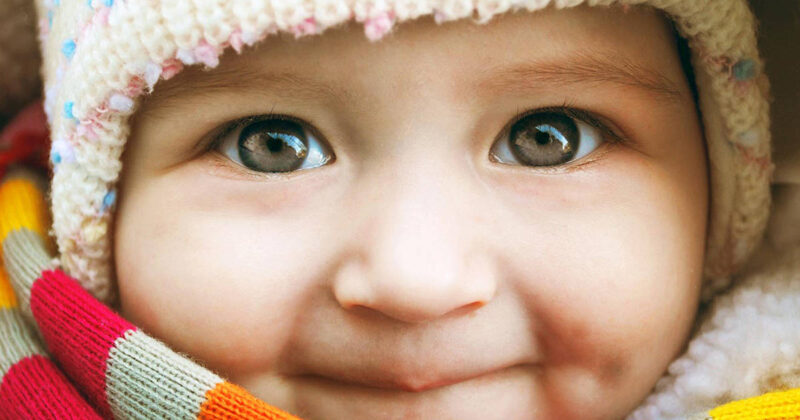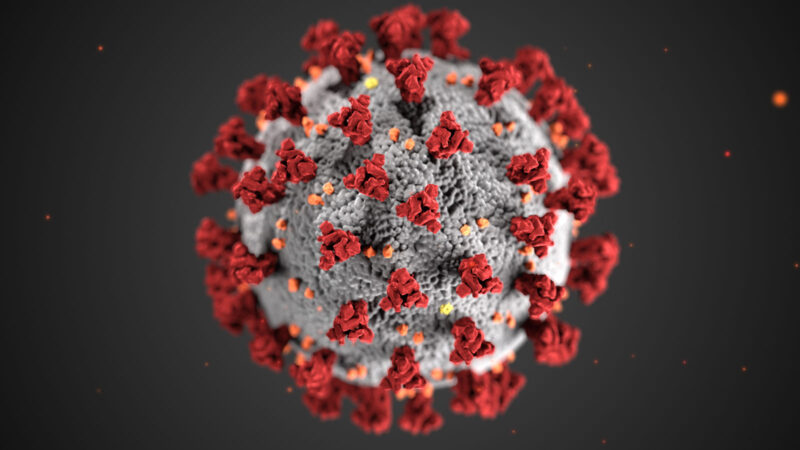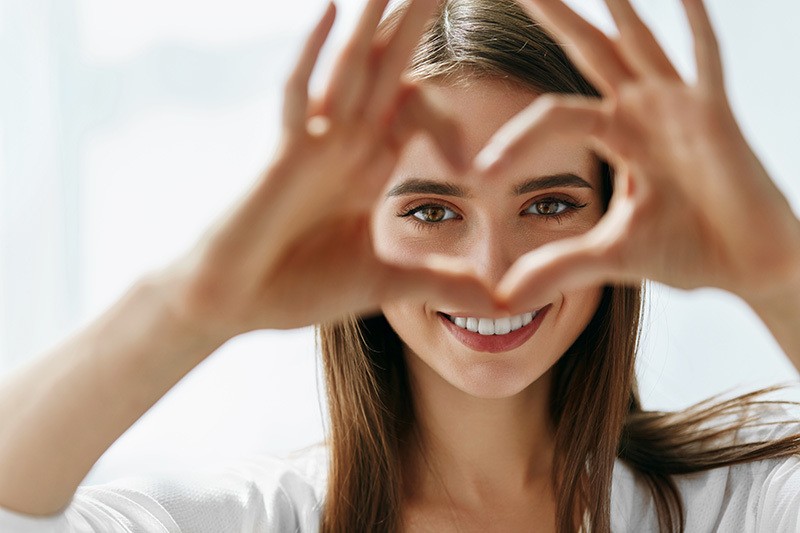Of course, correlation does not imply causation, and what science needs is a mechanism. There are several hypotheses which attempt to explain how this happens. The best one seems to be something called the light-dopamine hypothesis, which states that light stimulates the release of dopamine in the retina, thus ensuring that the retina maintains the correct shape. A study on chicks seems to support this idea. Retinal dopamine is produced based on a day-night cycle, thus telling the eye to switch from rod-based, nighttime vision to cone-based, daytime vision. Thus spending less time outside and more time inside (subjected to artificial light) disrupts this cycle and the good functioning of the eye.

So what’s a good time to spend outside? Ian Morgan, a myopia researcher at the Australian National University in Canberra, estimates that children need to spend around three hours per day. He is currently working on refining his studies and finding a more accurate value. In the meantime, more and more kids are suffering from near-sightedness.
In Asia, this problem was exacerbated by a few other factors, including a fear of glasses.
“Parents, teachers and even some rural doctors think wearing glasses will harm kids’ eyes,” says Dr. Nathan Congdon, an ophthalmologist at Zhongshan Ophthalmic Center at Sun Yat-sen University in the southern city of Guangzhou, who led the new study. “In rural China, only about one-sixth of the kids who need glasses actually have them.”
Needless to say, that’s really not the case.
Glasses have been shown to improve academic performance and not do any damage to the eye, as Congdon himself studies. He hopes to be able to convince people in Asia – and everywhere else – that this is the case. Hopefully, he will.
At Mata Clinic & Optometrist, We believe in both light and sight. Sight helps children learn much more than you think. Bring your children for eye exams regularly.
www.mataclinic.com





Recent Comments